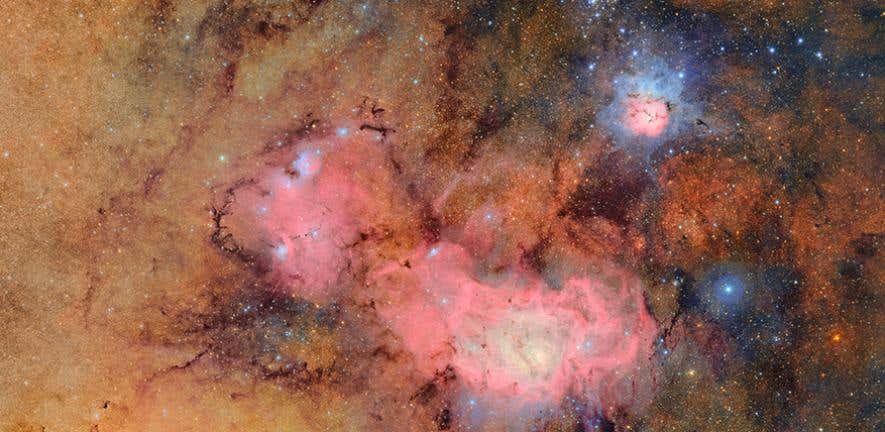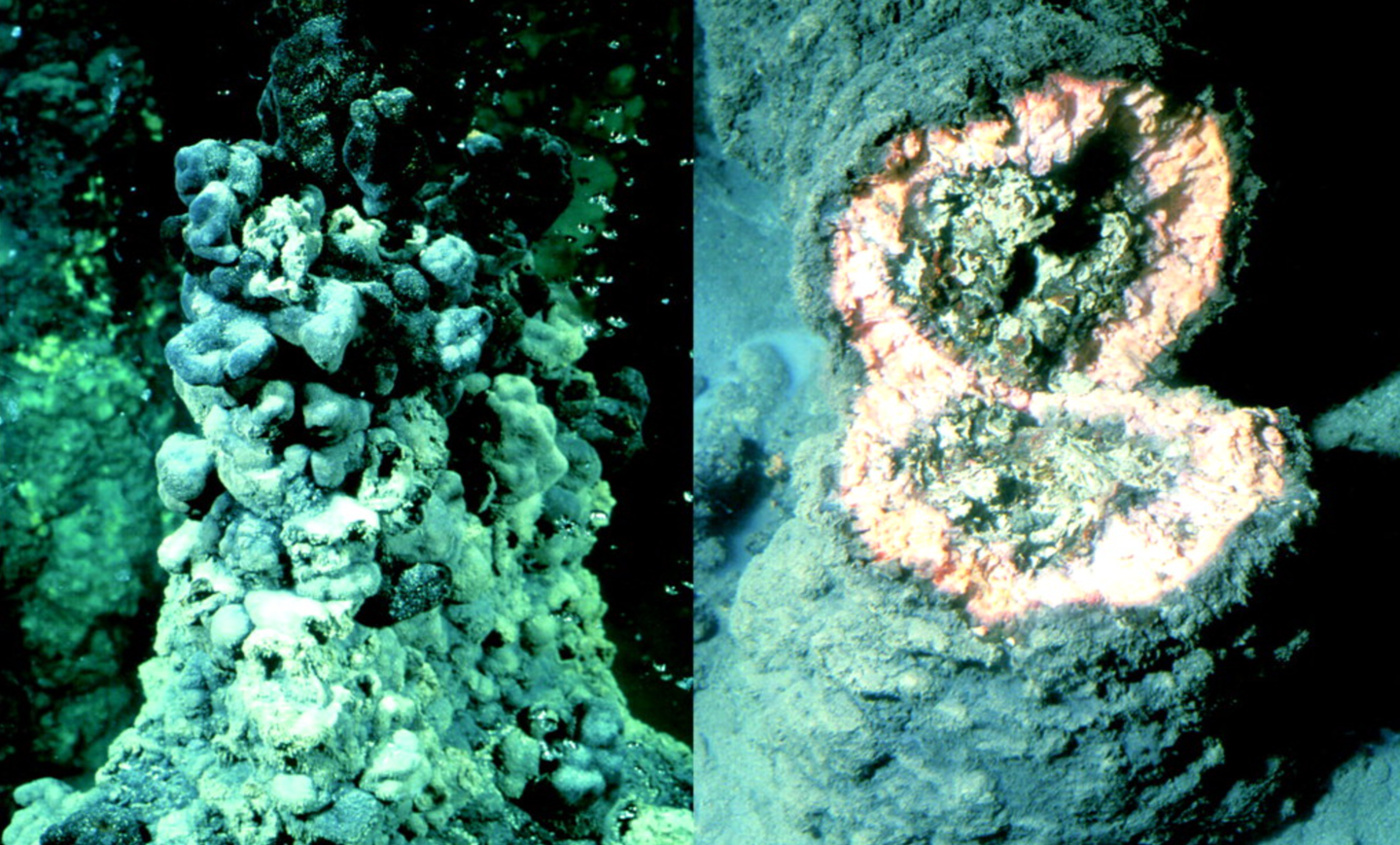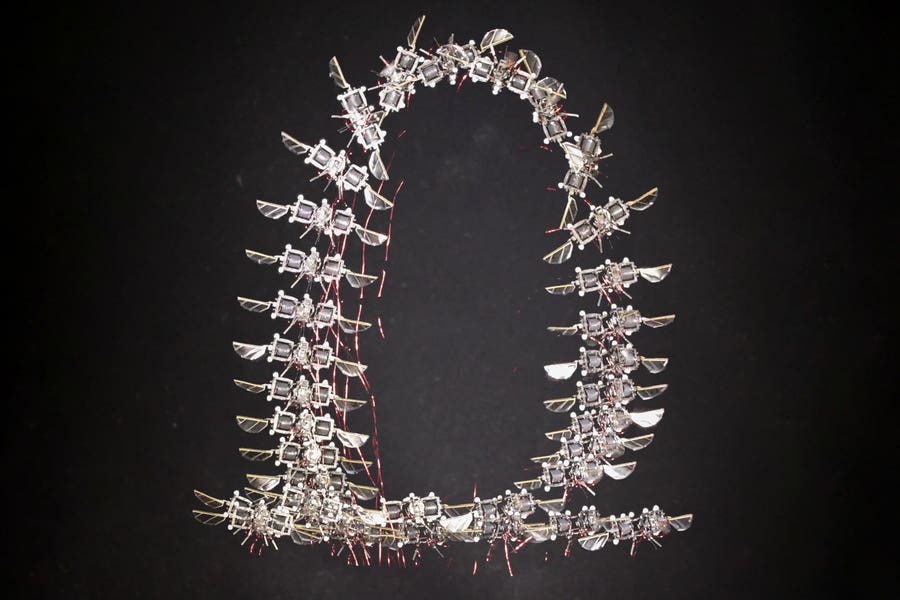Protoplanetary mystery solved: A giant planet was there all along
Using Gaia and ALMA data, astronomers uncover a gas giant in MP Mus’s disc, showing new ways to detect young exoplanets.

Astronomers reveal a hidden gas giant orbiting MP Mus, rewriting how we detect young planets in protoplanetary discs. (CREDIT: Rubin Observatory)
Astronomers have long struggled to find young planets hidden inside the thick clouds of gas and dust that swirl around new stars. These swirling clouds—called protoplanetary discs—are the birthplaces of planets. Scientists expect to see ringed gaps inside the discs, marking where planets are starting to form. But some stars appear surrounded by completely smooth discs, raising questions about what’s really going on inside.
One such puzzling star is MP Muscae, often shortened to MP Mus. It's a relatively nearby star, estimated to be 7 to 10 million years old. This is an advanced age for a star with a protoplanetary disc, where the dust and gas should be well on their way to forming planets. Yet previous observations at millimeter wavelengths using the Atacama Large Millimeter/submillimeter Array (ALMA) showed no signs of these telltale features. The disc looked flat and dull, with no gaps, rings, or other signs of growing planets.
But astronomers weren’t convinced by this smooth appearance. A team led by Dr. Álvaro Ribas from the University of Cambridge believed something might be hiding beneath the surface. Now, thanks to sharper, deeper observations with ALMA, and unexpected motion data from the Gaia space telescope, that mystery might finally be solved.
A Closer Look at a “Boring” Disc
Dr. Ribas and his team specialize in studying protoplanetary discs. These discs are like giant pancakes made of gas, dust, and ice. They spin around newborn stars and serve as the building grounds for planets. Ribas first studied MP Mus in 2023, using ALMA to observe its disc at a wavelength of 1.3 millimeters. At that time, the disc looked completely smooth—no rings, no gaps, no clues pointing to planets.
“Our earlier observations showed a boring, flat disc,” Ribas explained. “But this seemed odd to us, since the disc is between seven and ten million years old. In a disc of that age, we would expect to see some evidence of planet formation.” A disc that old should be showing features caused by young planets pushing away the dust and gas. But MP Mus didn’t cooperate. Ribas’s team needed better tools.
So they tried again, this time observing the disc at a longer wavelength of 3 millimeters. This wavelength reaches deeper into the cooler, dustier parts of the disc. The result? A different picture entirely.
Related Stories
- Earth may lie in a gigantic void that skews our view of the expanding universe
- Our universe may exist inside a spinning black hole, JWST finds
- JWST discovery helps answer how galaxies, like our own Milky Way, were born
The new ALMA data revealed a small cavity less than 3 astronomical units (AU) from the star, as well as a clear ring at about 10 AU. (One AU is the distance between the Earth and the Sun.) These findings were hidden in the earlier images because the shorter wavelengths couldn’t cut through the outer layers of the disc. The longer wavelength peeled back those layers and exposed the planet-carved gaps.
A Star That Wobbles
While Ribas was re-examining MP Mus with ALMA, another clue was discovered independently. Miguel Vioque, a researcher at the European Southern Observatory, was analyzing data from Gaia, a European Space Agency mission that tracks the positions and movements of stars with incredible accuracy.
Vioque noticed that MP Mus was “wobbling”—moving in a way that suggested something unseen was tugging on it. At first, he thought it was a mistake. “My first reaction was that I must have made a mistake in my calculations, because MP Mus was known to have a featureless disc,” he said. But then he saw Ribas present preliminary results showing a new inner cavity in the disc. That matched the kind of gravitational pull a planet would create. The wobble, it turned out, was real.
Using Gaia’s measurements of this motion—called a proper motion anomaly—along with the ALMA images, the researchers put together a likely explanation: a giant planet, somewhere between 3 and 10 times the mass of Jupiter, is orbiting MP Mus between 1 and 3 AU.
Connecting the Dots with Simulations
Once the astronomers had two strong clues—a wobble and a disc cavity—they ran computer simulations to test their idea. The models showed that if a gas giant planet were placed inside the cavity, it could explain both the wobble detected by Gaia and the dust structure seen by ALMA. “Our modelling work showed that if you put a giant planet inside the new-found cavity, you can also explain the Gaia signal,” Ribas said. “And using the longer ALMA wavelengths allowed us to see structures we couldn’t see before.”
This marks the first time an exoplanet embedded in a protoplanetary disc has been indirectly found using this kind of data combination. Most previous discoveries of planets in such discs came from direct imaging or observations of gas motions. Only three of those discoveries are considered solid enough to be called robust.
This new method—using Gaia to detect stellar wobbles and ALMA to spot disc structures—opens a new door in the search for young exoplanets. “We think this might be one of the reasons why it’s hard to detect young planets in protoplanetary discs, because in this case, we needed the ALMA and Gaia data together,” said Ribas.
What This Means for Planet Formation
Finding a planet inside the disc of MP Mus helps astronomers better understand how planets like Earth might have formed. It adds weight to the core accretion theory, which says that particles in the disc clump together under gravity to form bigger objects, like rocks, asteroids, and eventually planets.
As these young planets grow, they carve paths in the disc, creating gaps and rings. But this process is tricky to observe in real time. Dust and gas in the disc block light, and the planets themselves are usually too faint to detect directly. That’s why discoveries like this one are so exciting—they provide a new way to study the earliest stages of planetary birth.
Ribas notes that the longer wavelength of ALMA was crucial. However, using this wavelength takes more time on the telescope, which makes observations harder to schedule. Future upgrades to ALMA, as well as new facilities like the next-generation Very Large Array (ngVLA), may change that.
These newer telescopes could help scientists look deeper into more protoplanetary discs. That could lead to the discovery of many more hidden planets. It also gives researchers a chance to build a clearer picture of how solar systems, including our own, come to be. The study of MP Mus shows that even the quietest-looking discs may hold secrets. With the right tools and teamwork, scientists are now better prepared to uncover them.
Research findings are available online in the journal Nature Astronomy.
Note: The article above provided above by The Brighter Side of News.
Like these kind of feel good stories? Get The Brighter Side of News' newsletter.



